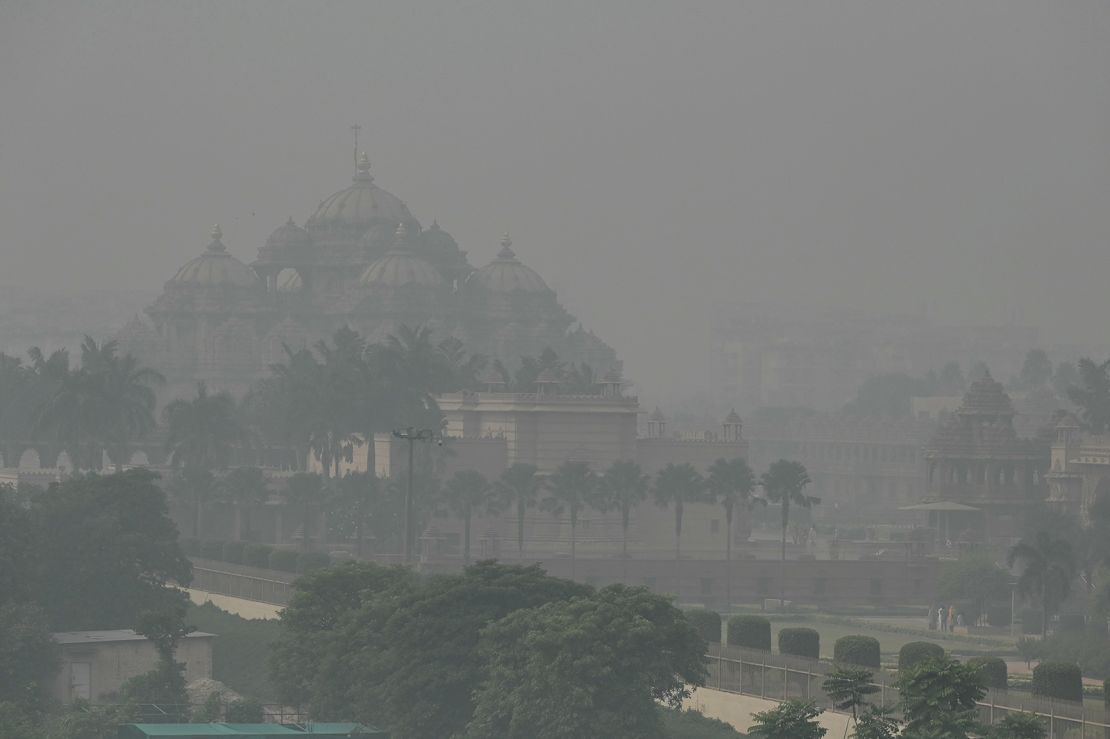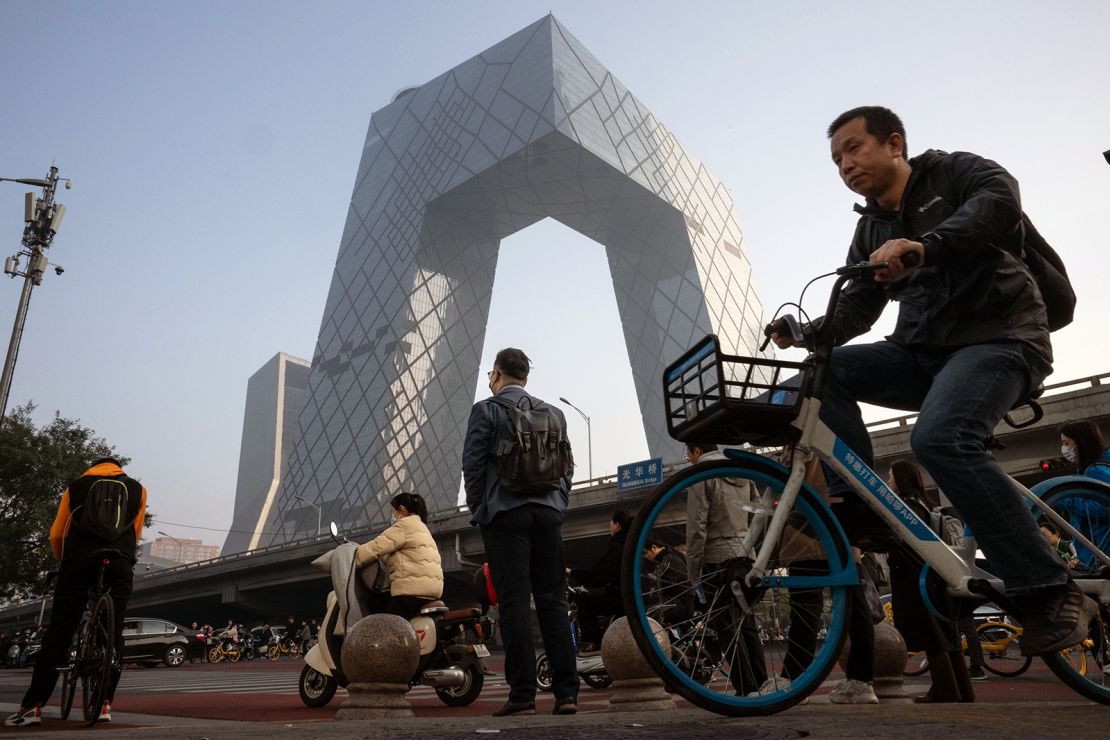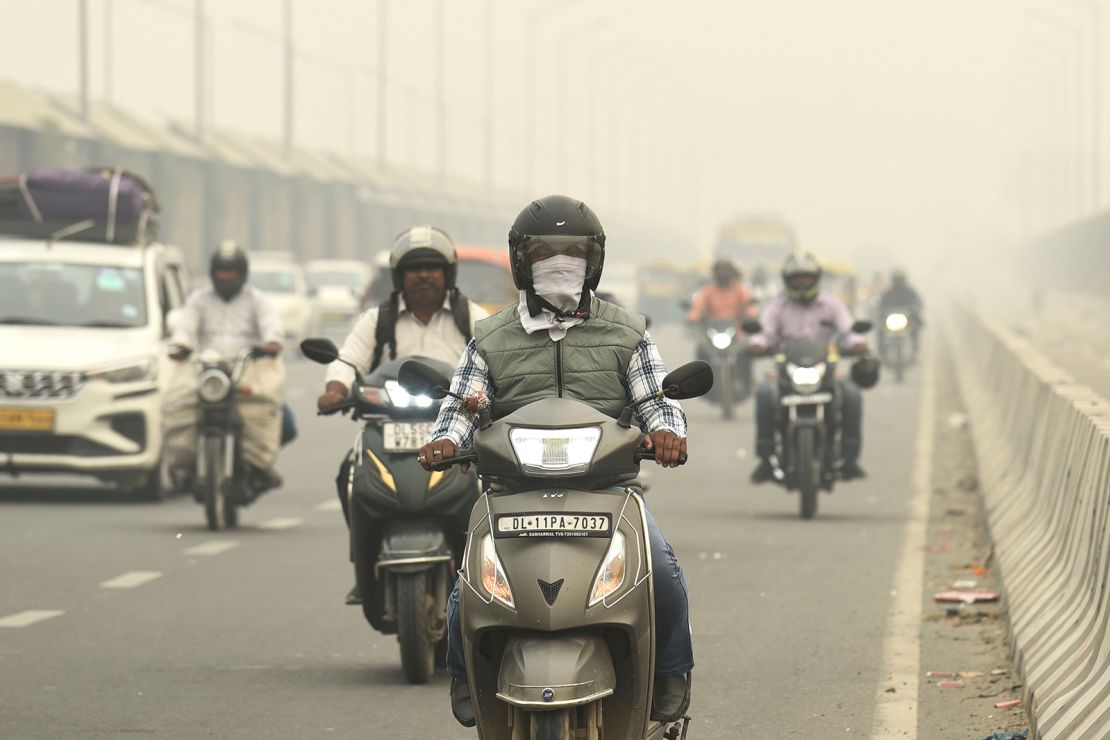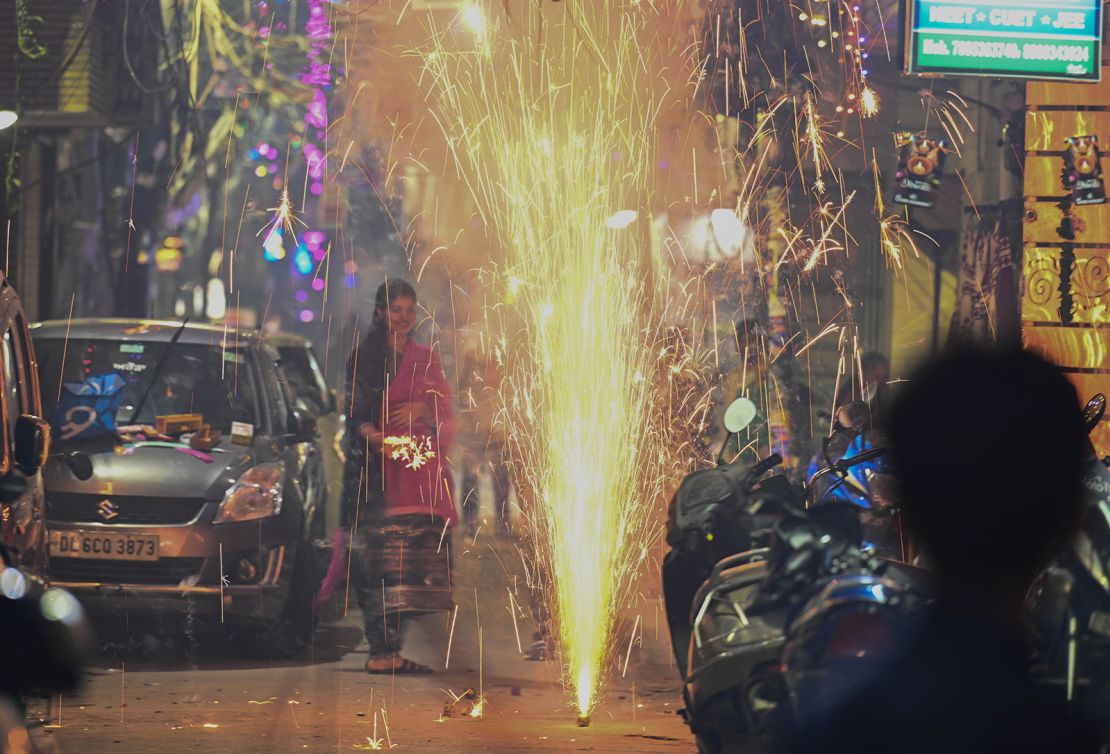Transferability of the Chinese Eco-environmental Protection Measure
Introduction
Air pollution is a health and environmental issue across all countries of the world, but with large differences in severity.
In the interactive map we show death rates from air pollution across the world, measured as the number of deaths per 100,000 people of a given country or region.
A map of the number deaths from air pollution by country can be found here.
The following link is on death rate from air pollution all over the world.
Air pollution in India
Primary schools were forced to shut, vehicles restricted from traveling on roads and construction brought to a halt as a hazy gray enveloped New Delhi, blocking buildings from view and prompting residents to panic buy air purifiers.
Behind closed doors, state authorities and federal officials gathered to put together a plan that would clean up the city’s air after its Air Quality Index (AQI) passed 500 – a figure so high that experts warn it could be shaving more than a decade off the life expectancy of those who live there.
But the scene is hardly unprecedented.
Every year, New Delhi’s skies turn the same sickly yellow, prompting the same scramble by authorities to crackdown on the pollution. Every year, around this time, headlines about the issue dominate the news, reminding the country’s 1.4 billion people that smog season is back with a vengeance.
And every year, people ask why nothing has changed.
“It’s an invisible killer,” said Jyoti Pande Lavakare, author of “Breathing Here is Injurious to Your Health: The Human Cost of Air Pollution” and co-founder of clean air non-profit Care for Air.
“And unfortunately, there is just no political will to solve this problem from any party. There is not one party that has put its head down and said, ‘we are sickening the entire country and let’s fix it’.”

India's air pollution governance
“India has everything in place to change what’s happening. We have science and the finance, but we lack a reduction-based approach,” said Sunil Dahiya, from the Centre for Research on Energy and Clean Air (CREA) in New Delhi.
In comparison to Beijing’s strict measures that were intended for long-term success, New Delhi’s have been “reactive,” he argued.
“These are not solutions,” Dahiya added.

Traditionally, toward the end of the year after the winter harvest, millions of farmers clear their leftover rice stubble by setting fields alight to prepare for the incoming wheat crop. This, together with vehicular and industrial pollution, has created copious amounts of smog across the northern Indian states of Haryana, Punjab, Uttar Pradesh and New Delhi.
Tens of millions of poor households in the country also continue to rely on cheap and harmful fuels for cooking.
At a nationwide level, India launched its Clean Air Programme in 2019, ushering in strategies across 24 states and union territories to reduce particulate matter concentration by 40% by 2025-26. The measures include cracking down on coal-based power plants, setting up air monitoring systems and banning burning of biomass.
Some Indian cities have seen improvements in their air quality, according to government data. But a lack of strict enforcement and coordination means progress has been slow, experts suggest.
To deal with New Delhi’s persisting pollution, officials have tried sprinkling water on the roads, restricting traffic by requiring vehicles with odd or even license plates to travel on alternating days, and constructing in 2018 two smog towers worth 200 million rupees ($2.4 million), which are intended to act as giant air purifiers.
Though it isn’t increasing, between 2018 and 2022, New Delhi’s average PM2.5 concentration (a measure of pollutants in the air) for the month of November, when the pollution season typically begins, has stayed more or less the same, according to IQAir.
This November alone, New Delhi has remained on the top of IQ Air’s list of most polluted cities for at least five days so far. To tackle the problem the city this year plans to induce rain to wash away the dust – a method adopted by other Asian countries, including China, Indonesia and Malaysia.

However, scientists say it is unclear how effective this method really is.
“These are just band-aid solutions,” said Hammes. “We need to address the underlying issues. And that is stopping biomass burning and switching to cleaner fuels.”
China’s authoritarian one-party system, unlike India’s democracy, means that officials follow orders quickly, experts say.
“With Beijing, once the government decided they were going to tackle pollution, they did it,” said Lavakare from Care for Air. “The same could be achieved in India – maybe even faster – but it’s just not a national concern. It’s a systemic failure year after year. And nobody seems to want to solve it.”
A blame game
Publicly, local and national leaders repeatedly trade blame for the capital’s toxic air.
Arvind Kejriwal, Delhi’s chief minister and leader of the Aam Aadmi Party, considered to be the antithesis of the ruling Bharatiya Janata Party, has been accused of “inaction and insensitivity” by members of the national government.
They say Kejriwal’s team has done little in terms of implementing effective policies to clean New Delhi’s air. “Delhiites are complaining of itching and breathlessness and children are falling ill. Only Kejriwal is responsible for all this,” said Delhi BJP president Virendra Sachdeva.
The AAP has retaliated by accusing the federal government of cutting their funding to tackle pollution and failing to take the issue seriously.
During a Supreme Court hearing last week, judges Sanjay Kishan Kaul and Sudhanshu Dhulia appeared visibly irritated at the political backsliding. “There cannot be a political battle every time. We are at zero level patience on this issue now,” they said as they instructed authorities to ban fireworks ahead of Diwali and stop farmers from burning crops.
CNN has contacted both Kejriwal’s office and the Ministry of Environment, Forest and Climate Change of India, but is yet to receive a response.
“Every party had at least air pollution in their agenda, but over time because of other factors that momentum has been lost,” said Dahiya from CREA.
Pollution might be taking a back seat, even for India’s citizens, Dahiya said.
“It picks up at times and dies down,” he added. “India is faced with lots of other vulnerabilities. It might not be an issue they talk about every day. But it’s one they certainly face every day.”

When millions celebrated Diwali last weekend, many defiantly took to the streets, with little to no pushback from authorities, bursting firecrackers that emitted more smoke into the sky.
As a result, New Delhi started the week as the most polluted city in the world, with a “hazardous” AQI level higher than 420, according to IQAir.
“Your most vulnerable population will be affected for the rest of their lives,” said Hammes from IQAir. “You’re not even giving a fighting chance for an entire generation, really.”
Lavakre, from Care for Air, said people will lose years off their lives.
“How do you even begin to come to terms with that?” she said.
Transferability of Chinese eco-environmental protection measures in India
When it comes to air pollution governance, the two countries have vastly different approaches. China’s approach features centralized target-setting and implementation, with policies enforced primarily through top-down administrative lines. While India’s approach reflects the division of power among central and state governments and relies substantially on legislative and judiciary systems for accountability.
Rapid urbanization and industrial growth in China and India have caused severe air pollution over the past decade, leading to public health crises and social tensions (Lelieveld et al., 2015, Tilt, 2019, Editorial, 2021). The Global Burden of Disease study estimated that 4.14 million premature deaths and a loss of 118 million disability-adjusted life-years (DALYs) worldwide were due to ambient fine particulate matter (PM2.5) pollution in 2019 (Murray et al., 2020). The highest burden was concentrated in China (1.42 million deaths and 32.9 million DALYs) and India (980,000 deaths and 31.1 million DALYs), which together accounted for 58 % of the global ambient PM2.5-attributable deaths and 54 % of the DALYs (Health Effects Institute, 2020).
There is a possibility that China's air pollution policies can be applied in India, but it needs to take India's specific circumstances into account. Both China and India are faced with serious air pollution, and both governments have taken a series of measures to control it. For example, the Chinese government has taken many measures, such as limiting automobile pollution, controlling industrial emissions and strengthening environmental protection supervision, etc..These measures have alleviated China's air pollution to some extent. Of course, Blue Sky Battle implemented in China contains principles of these measures.
Actually, the Indian government has taken some air pollution control measures similar to China's. For example, India's Ministry of Environment and Forestry established air quality standards in 1994 and revised them in 2009 to include limits on PM2.5. In addition, the Indian government has strengthened the regulation of industrial emissions and vehicle pollution, and implemented a number of energy-saving and energy efficiency measures. However, India's air pollution problem is still very serious, and the control effect is not ideal.
India faces many specific issues in addressing environmental challenges that need to be taken into account when considering the application of China's environmental measures. For example, the natural background of India is different from that of China, and its natural environment is more fragile and more vulnerable to destruction by human activities. India is also facing a serious water shortage problem and needs to take effective measures to protect water resources. In addition, India's industrial emissions and vehicle pollution are also quite serious and need to take effective control measures. Therefore, when considering the application of China's environmental protection measures, it is necessary to adjust and optimize in light of India's actual situation to meet India's environmental protection needs. In other words, India needs to think highly of the issue and fseek truth from facts as well as implementing relevant policies in a thoroughgoing manner.
小组成员:江慧如、马乐雯、陈美伶、吴美风、罗小楠
分工:Introduction j江慧如Air pollution in India 陈美伶
India's air pollution governance 马乐雯
A blame game 吴美风
Transferability of Chinese eco-environmental protection measures in India 罗小楠、江慧如







 浙公网安备 33010602011771号
浙公网安备 33010602011771号